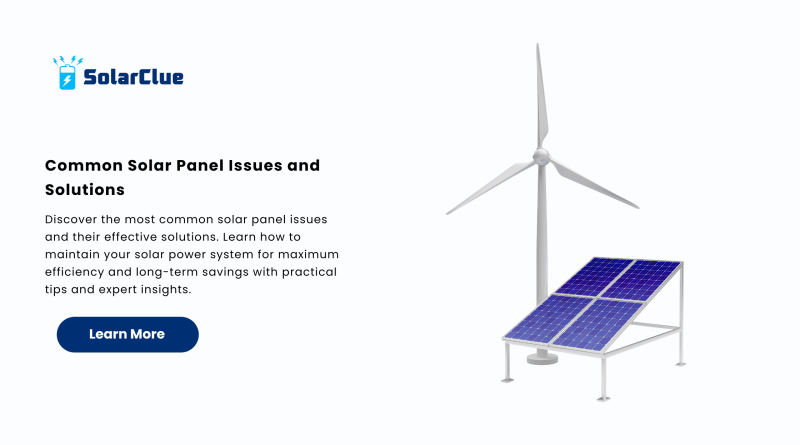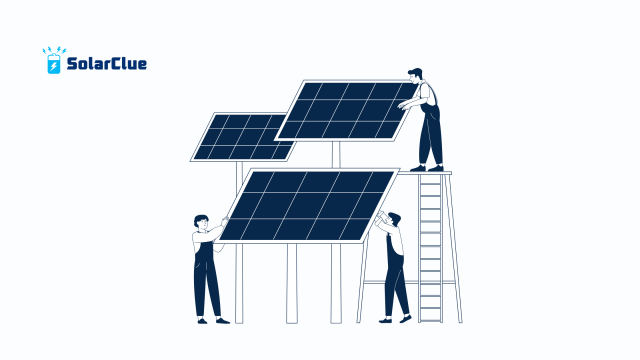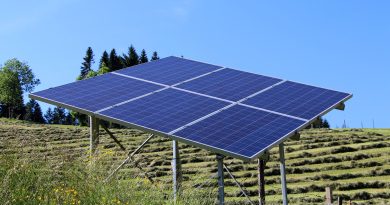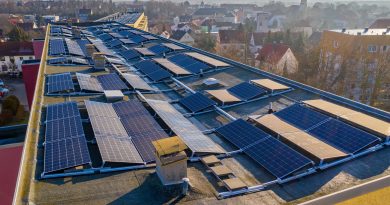Common Solar Panel Issues and Solutions
Investing in a solar power system is one of the smartest decisions for homeowners and businesses looking to cut electricity costs and embrace sustainability. While solar panels are reliable and durable, they are not entirely free from problems. Just like any technology, issues may arise over time. The good news is that most solar panel issues are manageable with proper care, maintenance, and timely intervention. This blog explores the most common challenges faced by solar panel owners, their underlying causes, and practical solutions to keep your solar energy production at its best.
Table of Contents
- 1 Why Solar Panel Issues Occur
- 2 Common Solar Panel Issues and Their Solutions
- 2.1 1. Dirt, Dust, and Debris Accumulation
- 2.2 2. Shading Problems
- 2.3 3. Hot Spots
- 2.4 4. Cracks and Physical Damage
- 2.5 5. Inverter Failure
- 2.6 6. Wiring and Connection Issues
- 2.7 7. Potential Induced Degradation (PID)
- 2.8 8. Delamination and Moisture Intrusion
- 2.9 9. Low Power Output
- 2.10 10. Seasonal and Weather-Related Problems
- 3
- 4 Preventive Maintenance Tips for Solar Panel Owners
- 5 Benefits of Regular Maintenance and Quick Solutions
- 6 FAQs on Solar Panel Issues
- 7 Conclusion
Why Solar Panel Issues Occur
Before we dive into specific problems, it’s essential to understand why they happen. Solar panels are designed to last 25 years or more, but their performance depends on multiple factors such as:
-
Environmental conditions: Dust, shade, weather fluctuations, and pollution can reduce performance.
-
Installation quality: Poor installation is one of the biggest reasons behind malfunctioning panels.
-
Component wear and tear: Inverters, wiring, and connectors may degrade faster than panels.
-
Lack of maintenance: Ignoring routine cleaning and inspections often leads to efficiency loss.
By identifying these root causes, you can prevent long-term damage and ensure your solar power system performs efficiently.
Common Solar Panel Issues and Their Solutions
1. Dirt, Dust, and Debris Accumulation
Problem: One of the most frequent solar panel issues is dirt buildup on the surface. Dust, bird droppings, leaves, and pollution block sunlight, leading to reduced efficiency.
Solution: Clean panels regularly with water and a soft cloth or use professional cleaning services. Avoid harsh chemicals or high-pressure washers that may damage the surface.
2. Shading Problems
Problem: Partial shading caused by trees, nearby buildings, or chimneys can significantly impact power generation. Even small shaded areas can reduce overall output.
Solution: Conduct a shading analysis before installation. Trim nearby trees regularly and consider microinverters or power optimizers to minimize shading impact.
3. Hot Spots
Problem: Hot spots occur when a portion of the panel is damaged or shaded, causing uneven heat distribution. This leads to reduced efficiency and, in severe cases, panel damage.
Solution: Perform regular thermal imaging inspections. Replace faulty cells or panels immediately to prevent further damage.
4. Cracks and Physical Damage
Problem: Hailstorms, falling branches, or improper handling during installation may cause cracks in solar panels. Cracks allow moisture ingress, reducing performance.
Solution: Inspect panels periodically, especially after storms. Replace cracked panels quickly, as repairs are often ineffective. Ensure professional installation to avoid mishandling.
5. Inverter Failure
Problem: Inverters are a crucial part of any solar power system, converting DC power to usable AC. Since they work continuously, they are prone to failure over time.
Solution: Monitor inverter performance via the system’s app or display. Regularly check error codes and contact service providers for repairs. Keeping inverters in shaded, ventilated areas extends their life.
6. Wiring and Connection Issues
Problem: Loose connections, corrosion, or rodent damage to wires can interrupt the power flow. This is a common but often overlooked issue.
Solution: Schedule annual inspections to check cabling. Use conduit protection to safeguard wires from rodents. Tighten connections during maintenance checks.
7. Potential Induced Degradation (PID)
Problem: PID is a phenomenon where leakage currents reduce panel efficiency over time, often due to voltage fluctuations.
Solution: Choose high-quality panels with anti-PID technology. If PID occurs, reconfiguration of the system or grounding may help reduce its impact.
8. Delamination and Moisture Intrusion
Problem: Delamination occurs when the protective film on the panel starts peeling away, allowing moisture to seep in. This reduces lifespan and efficiency.
Solution: Regularly inspect the lamination layer. Replace affected panels immediately to prevent permanent damage.
9. Low Power Output
Problem: Sometimes, even when panels look fine, they generate less power than expected. This can happen due to aging, manufacturing defects, or environmental factors.
Solution: Track daily energy production using a monitoring system. Compare readings with expected output for your location. Contact the installer if discrepancies persist.
10. Seasonal and Weather-Related Problems
Problem: Monsoons, heavy snow, and extreme heat affect panel performance. For example, high temperatures reduce efficiency, while snow covers block sunlight.
Solution: Install panels at an angle that allows snow and rain to slide off easily. Use cooling strategies in hot climates, such as adequate ventilation beneath the panels.
Preventive Maintenance Tips for Solar Panel Owners
-
Clean panels every 3–4 months or more frequently if you live in dusty regions.
-
Monitor system output daily using smart monitoring apps.
-
Schedule professional servicing annually to detect hidden issues early.
-
Inspect after storms or extreme weather events to check for cracks or water damage.
-
Trim trees regularly to prevent shading and falling branches.
With preventive maintenance, most solar panel issues can be avoided or minimized, ensuring that your solar energy investment delivers maximum returns.
Benefits of Regular Maintenance and Quick Solutions
-
Higher efficiency: Clean, well-maintained panels capture more sunlight.
-
Longer lifespan: Addressing issues early prolongs system life.
-
Cost savings: Preventing inverter or wiring damage reduces repair costs.
-
Peace of mind: Continuous monitoring ensures your home or business always has reliable solar power.
FAQs on Solar Panel Issues
Q1: How often should I clean my solar panels?
A: Ideally every 3–4 months. If you live near construction sites, highways, or dusty areas, more frequent cleaning is necessary.
Q2: Can small cracks in solar panels still generate power?
A: Yes, but with reduced efficiency. Cracks also expose the system to moisture, so replacement is the best solution.
Q3: Why is my inverter showing an error code?
A: Inverter error codes indicate technical faults like voltage fluctuations, wiring issues, or overheating. Refer to the manual or call a professional.
Q4: Will extreme heat damage solar panels?
A: Heat doesn’t damage panels directly, but it lowers their efficiency. Panels work best in cooler conditions with ample sunlight.
Q5: What should I do if my solar system generates less power than expected?
A: First, check for dirt, shading, or inverter issues. If none are found, consult your installer for deeper inspection.
Conclusion
Owning a solar power system is a long-term investment that saves money and promotes sustainability. While solar panel issues are inevitable, timely maintenance and quick fixes ensure you continue to enjoy uninterrupted solar energy. From cleaning and inspections to professional servicing, a little care goes a long way in protecting your panels and maximizing performance.
If you’re ready to learn more about solar solutions and want expert guidance, visit us at solarclue.com and blog.solarclue.com—because the sun never stops shining, and neither should your solar panels.





